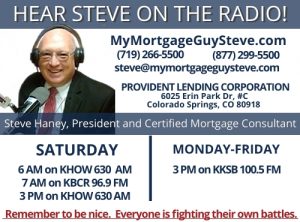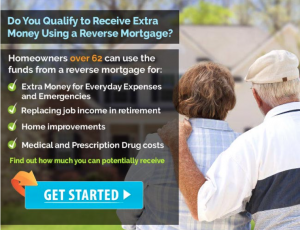5 ways a reverse mortgage can help retirees
5 ways a reverse mortgage can help retirees is taken from an article written by Jack M. Guttentag, Professor of Finance Emeritus at the Wharton School of the University of Pennsylvania

Use a reverse mortgage to pay off an existing mortgage
Many homeowners today choose to retire, or are obliged to, before they have fully paid off their mortgage. With their income reduced, the required monthly mortgage payment can become heavily burdensome.
If the balance is not too large relative to the value of the home, it can be paid off with the proceeds of a reverse mortgage, which has no required payment. If the borrower is 62, the balance of the old mortgage can’t exceed 50% of the value of the home; the cutoff rises to about 68% for a borrower of 87.

Use a Reverse Mortgage Monthly Payment to Delay Taking Social Security
For most seniors, waiting until age 70 before collecting social security, as opposed to taking a smaller amount earlier, is an excellent investment. A typical senior who could draw $1350 a month at age 62, would see the draw increase to $2376 at age 70. Yet more than 2 of every 3 workers eligible for social security take it early. One major reason is that they are short of income. This can be remedied if they are homeowners with equity.
Not that much equity is needed. If the borrower is 62, a monthly payment of $1,000 covering the 8 years until age 70 is available with equity of $155,000. At age 67, when the payment term is only 3 years, the required equity is only $66,000. If the borrower has more equity than is needed, all the better, it can be drawn on to meet other needs as they arise.

Increase Monthly Income During Lifetime in House
The most straightforward remedy for inadequate income is what is called a “tenure” payment, which is a monthly payment that runs as long as the borrower resides in the house. The payment varies with the property value, the borrower’s age, and interest rates when the mortgage is taken out. On March 11, 2016, the tenure payment ranged from $266 for a borrower of 62 with a house worth $100,000, to $2582 for a borrower of 87 with a house worth $400,000.

Accumulate a Financial Reserve as Protection Against the Risk of Outliving Your Money
Seniors who accumulate a nest-egg during their working years which they then use to maintain their lifestyle during retirement may be at risk of running out of money if they live too long. Even if the probability of that happening is low, no one wants to live with a low probability of becoming destitute. Seniors who own homes, however, have a way to insure against that outcome. If they take a reverse mortgage credit line and let it sit unused, the line grows over time – the longer they live in their house, the larger will be their unused line.
For example, a senior of 62 with a house worth $200,000 qualifies for an initial reverse mortgage credit line of $48,000. If interest rates remain stable, the line will grow to $157,000 in 20 years. If interest rates increase and the borrower selected a mortgage with a 5% adjustment cap, the line in 20 years would be $355,000. If the borrower had selected an ARM with a 10% adjustment cap, and rates increase by the maximum allowed, the line after 20 years would be $752,000.

Downsize by Purchasing a House Using a Reverse Mortgage to Minimize Asset Liquidation
Many home purchasers are seniors who already own homes but want a change. They may want a house in a different location, and in many cases they want to downsize both the physical house and the financial burdens that come with it. A HECM reverse mortgage can facilitate this process by funding part of the cost, which reduces the need to liquidate other assets without imposing a monthly payment obligation.
For example, a senior of 62 purchasing a $200,000 home could obtain up to $98,375 with a HECM. This reduces the amount that must be obtained from asset liquidation and other sources to $101,625. A purchaser of 82 could obtain up to $128,375 with a HECM, reducing asset liquidation to $71,625.










